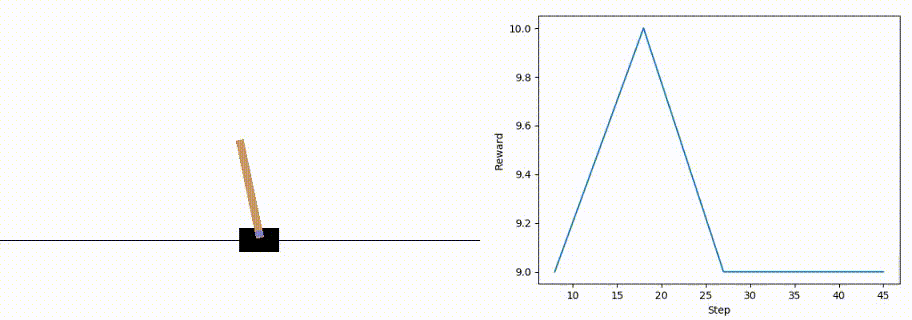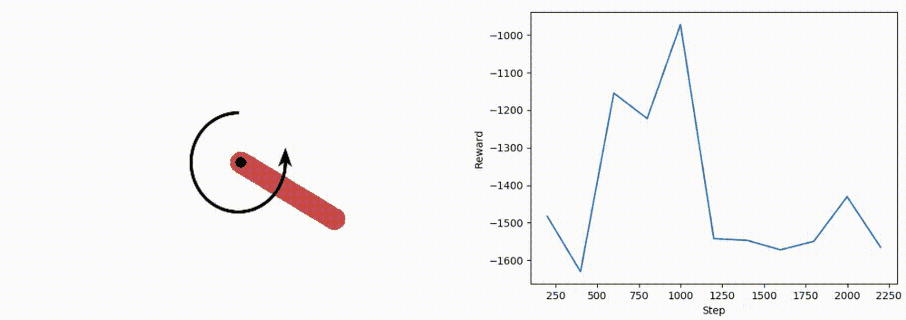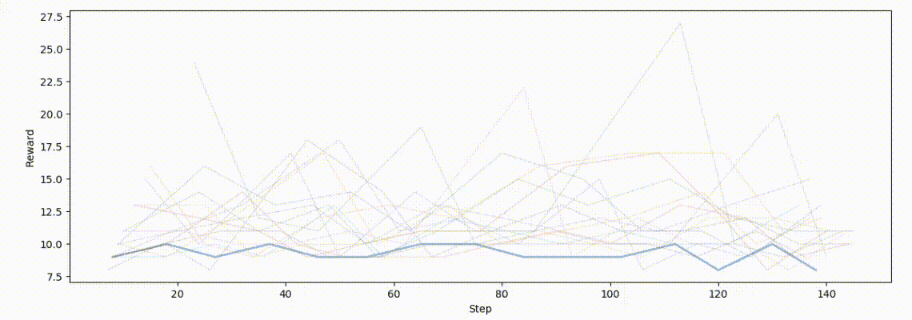Huskarl 
Huskarl is a framework for deep reinforcement learning focused on modularity and fast prototyping.
It's built on TensorFlow 2.0 and uses the tf.keras API when possible for conciseness and readability.
Huskarl makes it easy to parallelize computation of environment dynamics across multiple CPU cores. This is useful for speeding up on-policy learning algorithms that benefit from multiple concurrent sources of experience such as A2C or PPO. It is especially useful for computationally intensive environments such as physics-based ones.
Huskarl works seamlessly with OpenAI Gym environments.
There are plans to support multi-agent environments and Unity3D environments.
Algorithms
Several algorithms are implemented and more are planned.
- Deep Q-Learning Network (DQN)
- Multi-step DQN
- Double DQN
- Dueling Architecture DQN
- Advantage Actor-Critic (A2C)
- Deep Deterministic Policy Gradient (DDPG)
- Prioritized Experience Replay
- Proximal Policy Optimization (PPO)
- Curiosity-Driven Exploration
Installation
You can install the latest version from source with:
git clone https://github.com/danaugrs/huskarl.git
cd huskarl
pip install -e .
If you prefer, you can get the packaged version from PyPI:
pip install huskarl
Examples
There are three examples included - one for each implemented agent type. To run the examples you will need matplotlib and gym installed.
dqn-cartpole.py
ddpg-pendulum.py
a2c-cartpole.py
Citing
If you use Huskarl in your research, you can cite it as follows:
@misc{salvadori2019huskarl,
author = {Daniel Salvadori},
title = {huskarl},
year = {2019},
publisher = {GitHub},
journal = {GitHub repository},
howpublished = {\url{https://github.com/danaugrs/huskarl}},
}
About
hùskarl in Old Norse means a warrior who works in his/her lord's service.



